2016
The TNQ Distinguished Lectures in the Life Sciences Series I. 6th Edition.
Karl Deisseroth
Illuminating the Brain
Featured
Speaker
Neuroscientist Karl Deisseroth toured India in January 2016 for Cell Press- TNQ Distinguished Lectureship Series
Stanford University neuroscientist and psychiatrist Karl Deisseroth, who developed methods that have revolutionized our ability to visualize and manipulate brain circuits, gave lectures in Bengaluru, Chennai, and Delhi in January 2016. He was the Featured Speaker of the Sixth Annual Cell Press-TNQ India Distinguished Lectureship Series, aimed at bringing internationally renowned scientists to the Indian scientific community.
About the Speaker
Karl Deisseroth is the D.H. Chen Professor of Bioengineering and of Psychiatry and Behavioral Sciences at Stanford University. He graduated summa cum laude in the biochemical sciences from Harvard University and went on to complete his MD and PhD in neurosciences from Stanford University. On completion of his medical internship and psychiatry residency at Stanford Medical School, he started his career as a researcher in the Psychiatry Department at Stanford Medical School.
He is a practising physician at the Stanford Hospital and Clinics and a foreign adjunct professor at Sweden’s Karolinska Medical Institute.
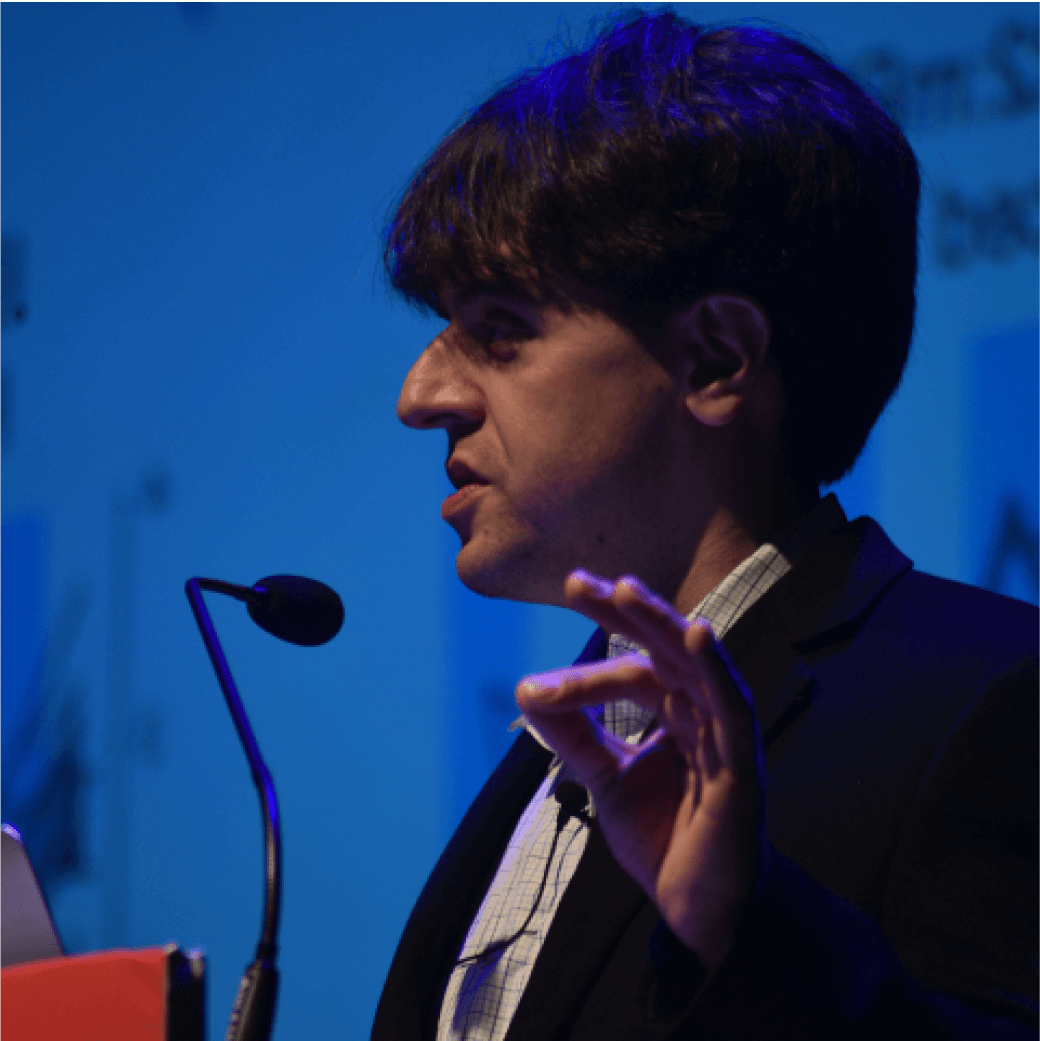
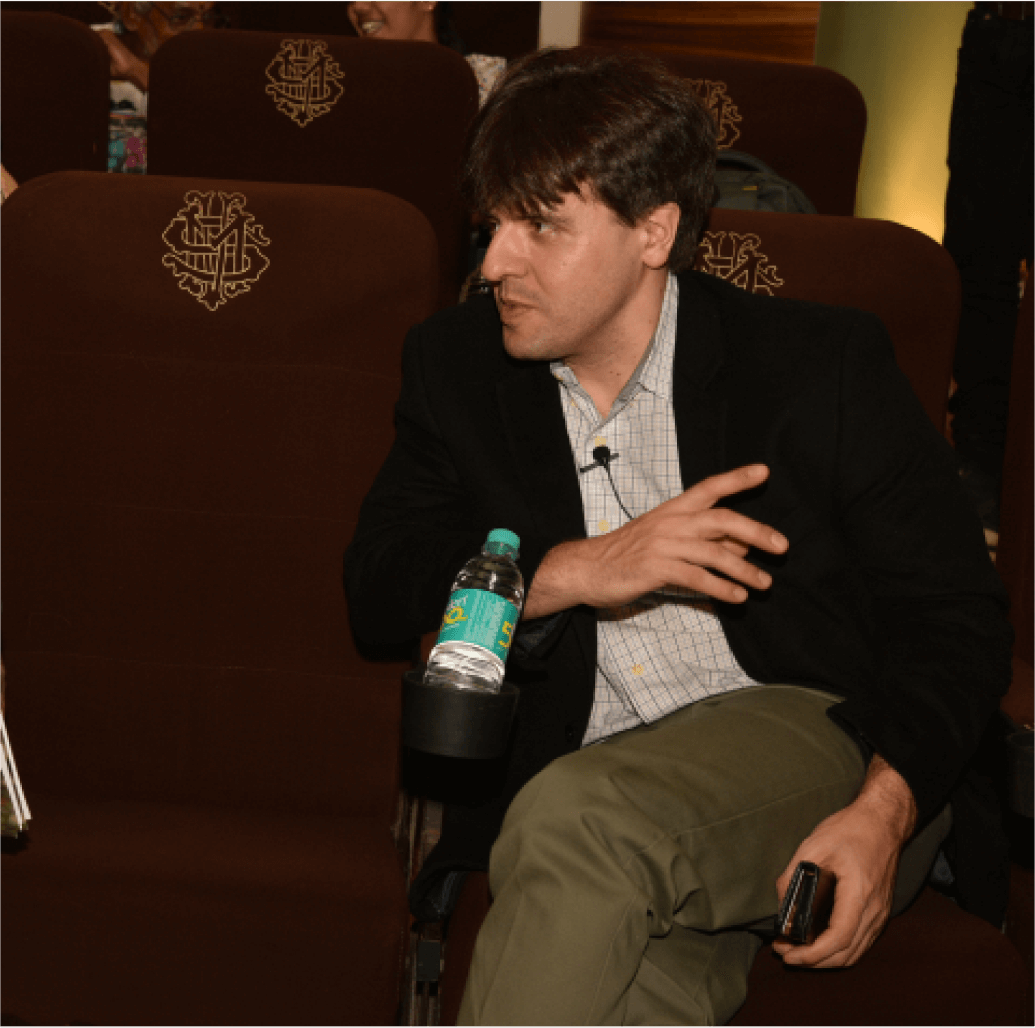
Deisseroth pioneered a groundbreaking technique known as optogenetics in which neurons in the brain are genetically engineered to express a light-sensitive protein that can change their electric properties. Light can then be used to switch neurons on or off in animals, allowing the mapping of neuronal networks that regulate behaviour and that are often disrupted in disorders such as autism or schizophrenia. Since its introduction to the research community in 2005, optogenetics has been used by thousands of labs around the world to understand the neural basis of behaviour.
More recently, Deisseroth developed another important tool that allows high-resolution visualization of brain circuits. Known as CLARITY (Clear Lipid-exchanged Anatomically Rigid Imaging / Immunostaining-compatible Tissue hYdrogel), the technique makes tissues transparent but leaves the cells and their connections intact. This allows an unprecedented view into the complex circuits that make up the brain.

Deisseroth has led his laboratory at Stanford University since 2004 and has been an Investigator of the Howard Hughes Medical Institute (HHMI) since 2014. From 2009-2014 he was an HHMI early Career Scientist.
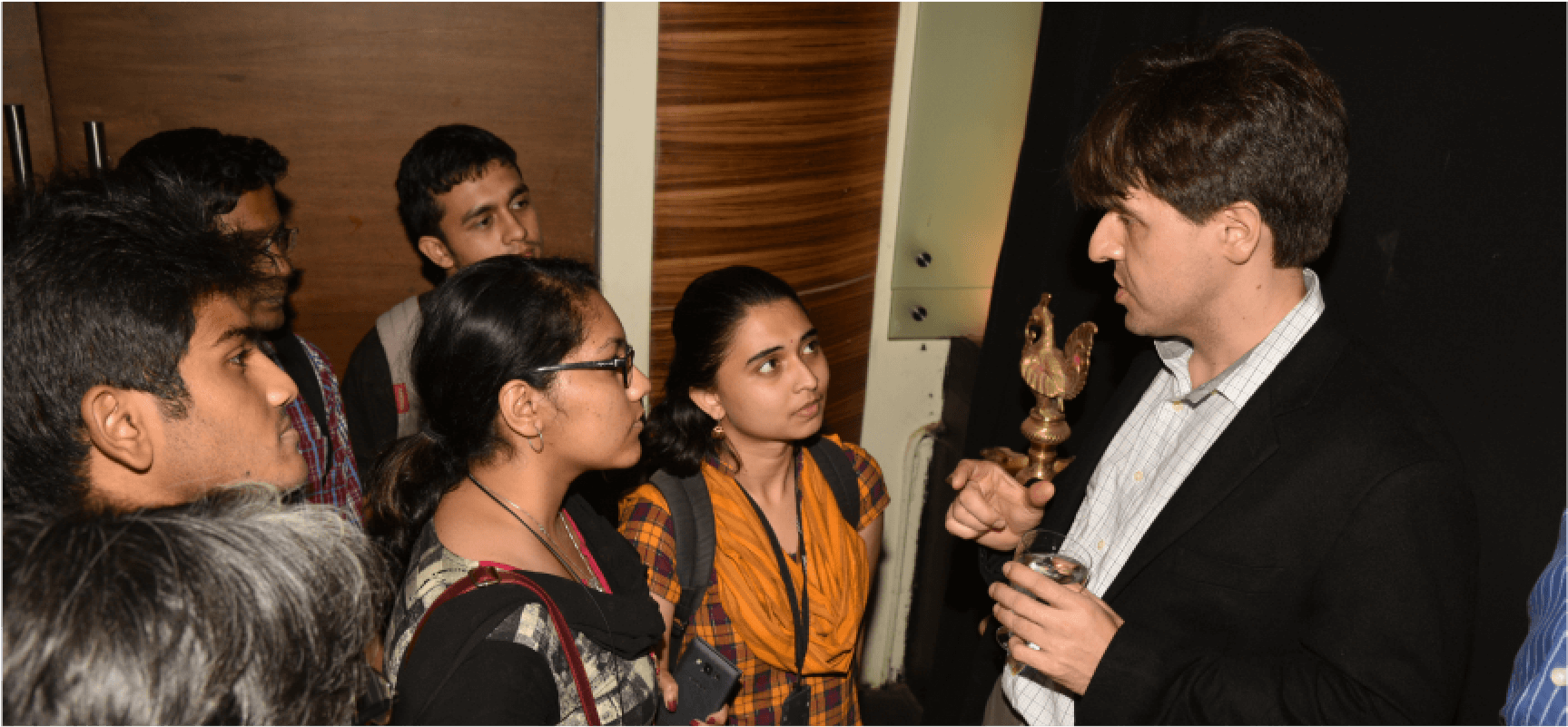
Awards & Honours
2005
NIH Director's Pioneer Award
2007
McKnight Scholar Award
2008
Lecturer, World Economic Forum
2010
HFSP Nakasone Award
2010
Member, Institute of Medicine (IOM)
2011
W. Alden Spencer Award, Columbia University
2012
Member, National Academy of Sciences (US)
2013
Richard Lounsbery Award from the US National Academy of Sciences and the French Academy of Sciences
2013
The Brain Prize, Lundbeck Foundation
2013
Dickson Prize in Science
2014
Keio Medical Science Prize
2015
Lurie Prize in Biomedical Sciences
2015
Dickson Prize in Medicine
2016
Breakthrough Prize in Life Sciences
Other Resources
Neuroscientist Karl Deisseroth to give lectures in India, The Hindu
Making the brain transparent, The Hindu
Optogenetics pioneer throws new light on therapies to treat brain disorders, The Hindu
Shining a light on the brain, The Hindu
Lighting the Brain: Karl Deisseroth and the optogenetics breakthrough, The New Yorker
Brain Control in a Flash of Light, New York Times
Method man: Karl Deisseroth is leaving his mark on brain science one technique at a time, Nature
Optogenetics: Controlling the Brain with Light, Scientific American
Lecture
Schedule
Bengaluru
January 18, 2016. 4.30 p.m.
JN Tata Auditorium (IISc.)
Introduction by
Professor P Balaram
Former Director, Indian Institute of Science
Chennai
January 20, 2016. 6.00 p.m.
Sir Mutha Venkatasubba Rao (Lady Andal) Auditorium, Chetpet
Introduction by
N Ram
Chairman & Publisher, The Hindu Group of Publications
New Delhi
January 22, 2016. 4.30 p.m.
Jawaharlal Auditorium, All India Institute of Medical Sciences (AIIMS)
Introduction by
Professor K Vijay Raghavan
Secretary, Department of Biotechnology, Government of India
Other Lectures
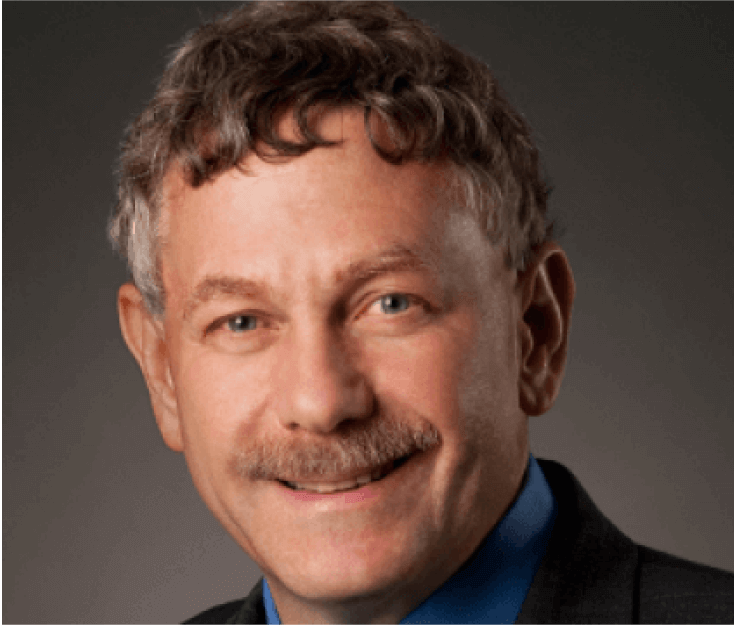
Eric Lander
The Human Genome and Beyond: A 35-year Journey of Genomic Medicine
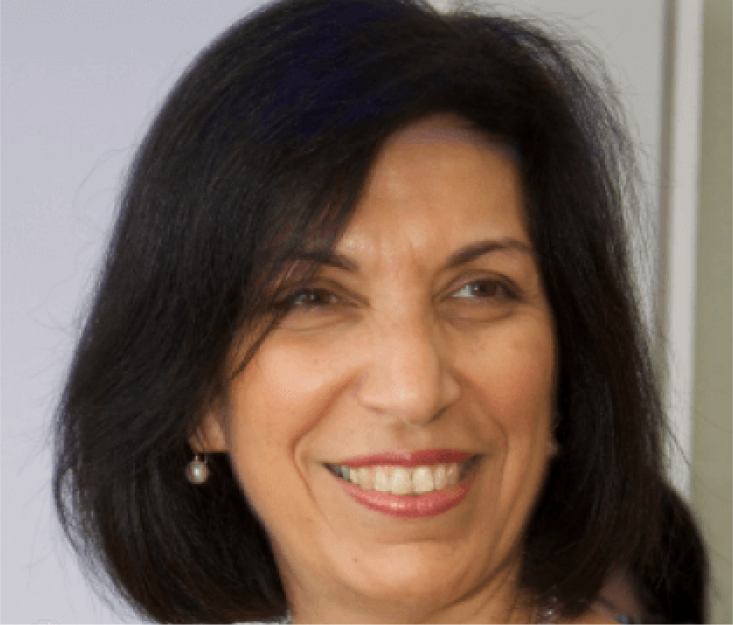
Huda Zoghbi
A Journey from the Clinic to the Laboratory to Understand Brain Disorders
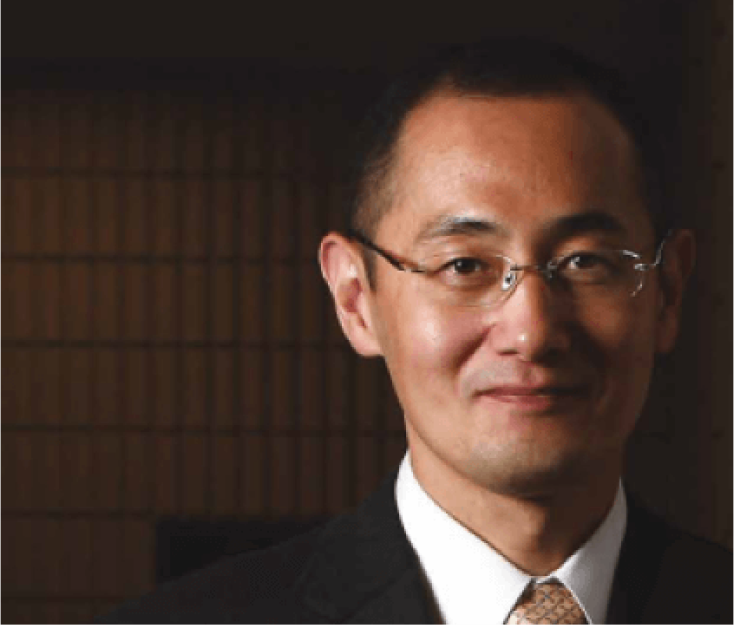
Shinya Yamanaka
New Era of Medicine with iPS Cells
